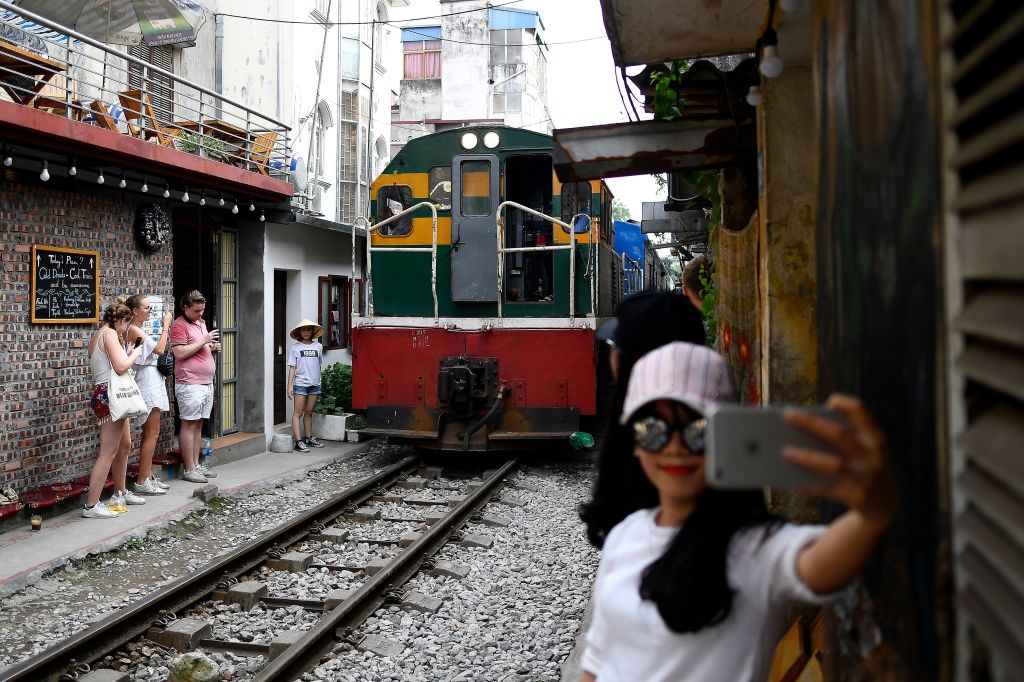
For nearly a year now, authorities in Hanoi have been trying to shut down “Train Street,” one of the city’s most famous unofficial attractions, where trains buzz by mere feet away from where people regularly sip coffee or beer in a row of open-air cafes.
But tourists just won’t stop coming, it seems, despite mounting safety concerns over the crowds gathering around the social-media-famous train tracks.
The century-old railway, built by Vietnam’s former French colonial rulers in 1902, cuts through the heart of bustling neighborhoods in Hanoi’s Old Quarter. What used to be a normal feature of everyday life for the district’s residents has over the last five years grown into one of the city’s most iconic tourist attractions—and the latest victim of overtourism.
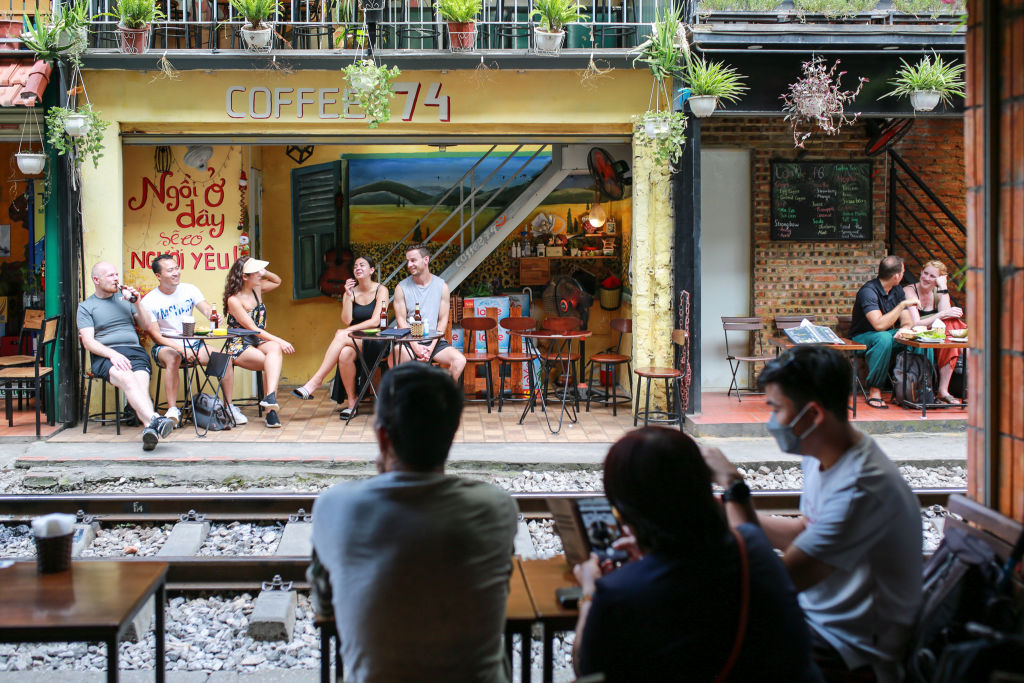
Authorities said last Tuesday that they have issued a document requesting tighter penalties for businesses operating along the street—the latest in a series of measures that have failed to curb the scores of tourists flocking to Train Street. In April, Hanoi’s tourism department told travel agencies not to organize group tours to the location.
Kieu Cong Anh, a local tour guide and director of Hanoi Train Street Tour, tells TIME that he supports the move to curb tourist numbers on Train Street, having witnessed how oblivious tourists teeter on the edge of disaster, putting the burden on cautious shop owners to keep an eye out for visitors’ safety.
“[Tourists] don’t have anyone taking care [of them],” he says. “Sometimes they don’t know the distance to stand for safety. Many coffee shop owners, they see tourists taking photos, they will have to shout at them to come inside.”
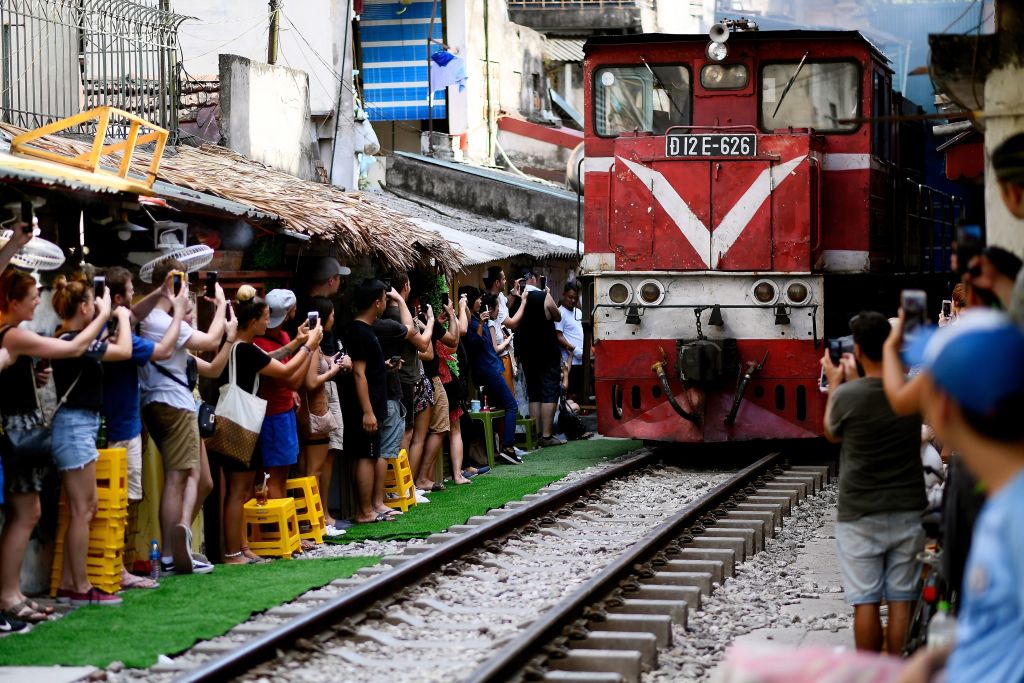
Similar streets, situated at active railways, have also attracted tourists in other parts of Asia, including Thailand and Taiwan—but none may be as exhilarating as the one in Hanoi’s Hoan Kiem District. Several times a day, hundreds of eager visitors line the shophouses—old residences converted into quaint cafes—that sandwich the train tracks, clutching to their cameras in anticipation as they are greeted by the deafening roar of a passing train just steps away.
Over the past few years, as foot-traffic to the area boomed, trains have had to apply their emergency brakes because of tourists who got dangerously close, including standing near the tracks and even sitting on the rail.
Amid growing fears of accidents along the passageway, authorities ordered its closure in 2019, in an attempt to keep tourists away.
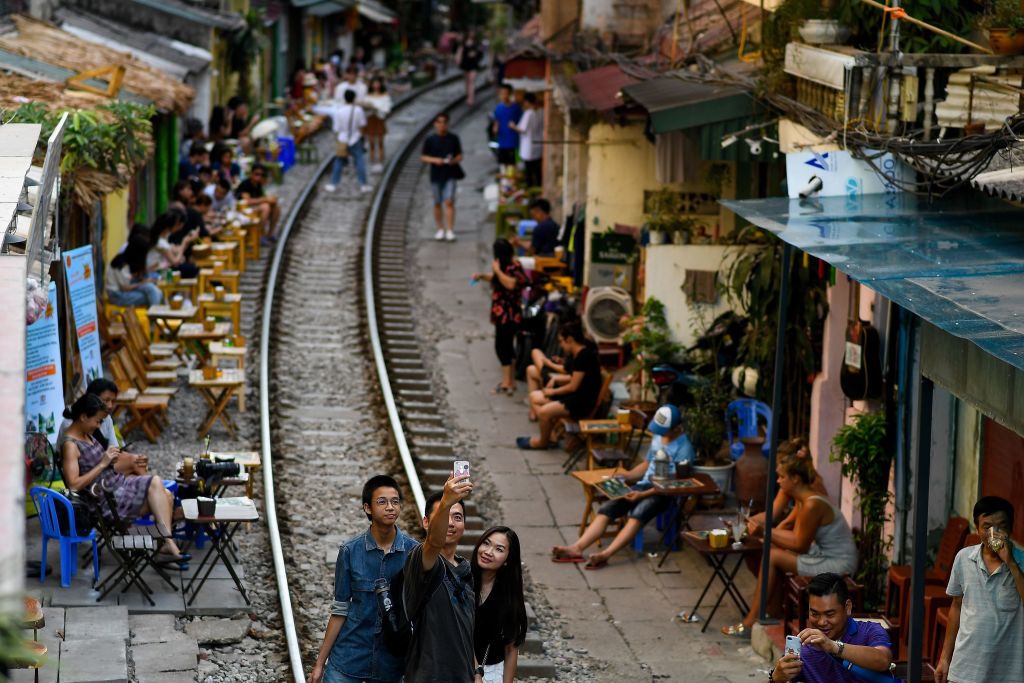
“I wasn't entirely surprised when they shut it down,” says Alex Sheal, founder of tour operator Vietnam in Focus. While Sheal used to organize photography tours to Train Street in the early 2010s, he changed the tour location to another part of the railway in 2019 after the closure announcement.
“Safety has to be of paramount importance in this case, and it hasn't always been taken seriously enough,” he says of the crowd control on Train Street.
While the pandemic saw tourism grind to a halt, as Vietnam opened its borders last year, visitors once again returned to Train Street in hordes, reigniting worries about their safety.
In September last year, authorities revoked the business licenses of all the shops on Train Street and set up barricades to stop tourists from entering.
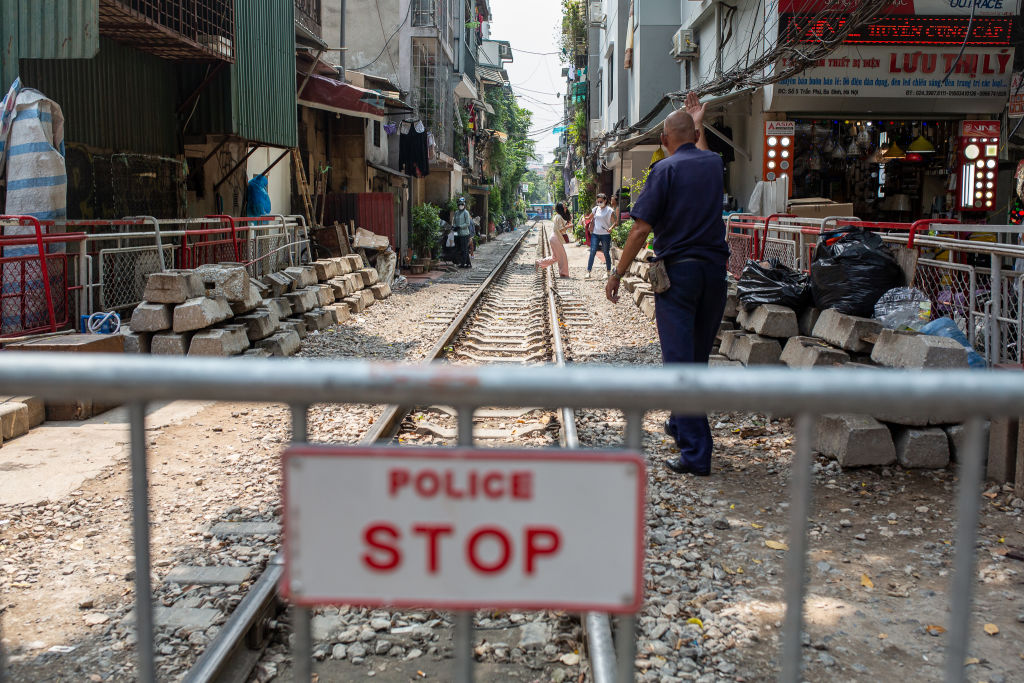
“There are now more than 30 coffee shops along the street … All of them are violating railway safety regulations,” local official Nguyen Anh Quan told reporters last year. “We won't exchange the safety of people for any financial benefit.”
Residents of Train Street—many of whom depend on the tourism for their livelihoods—pleaded with authorities to allow them to continue operating their businesses, while tourists bemoaned the crackdown on the attraction. At the time, Hoan Kiem District authorities said that they would develop safe and legal tourism in the area but that businesses had to follow safety regulations.
The potentially deadly consequences of Train Street’s popularity became clear just a few days after the announcement, when an unidentified South Korean tourist was hit by a train while trying to snap a photo in the area. The person, even as the impact flung them into a wall, miraculously survived and left the scene immediately with minor injuries, according to local reports. They did, however, leave behind a traffic jam as the train stopped and motorcyclists who also use the lane became stuck on either side.
Since then, despite continual warnings and restrictions from increasingly exasperated authorities, it’s been business as usual on Train Street, which local media reports remains frequented by tourists. Some tourists and businesses have also started congregating at another unbarricaded part of the tracks nearby, while shopowners have reportedly been guiding tourists onto the tracks through small lanes despite barricades blocking the main entrances of Train Street.

It’s clear that the blanket ban isn’t working, as the allure of Train Street to tourists continues to outweigh their concerns about safety or official restrictions. Both Anh and Sheal, the tourism facilitators who say they support greater safety regulations, hope that a middle ground can be found so that Vietnam doesn’t have to lose one of its most charming attractions.
“Train Street is perhaps even the icon of Hanoi tourism nowadays,” Sheal says. “It's 'a thing to do' and a 'place to go' that feels much more like an actual, unique experience of Vietnamese or Hanoi life than any temple or museum.”
More Must-Reads from TIME
- Donald Trump Is TIME's 2024 Person of the Year
- Why We Chose Trump as Person of the Year
- Is Intermittent Fasting Good or Bad for You?
- The 100 Must-Read Books of 2024
- The 20 Best Christmas TV Episodes
- Column: If Optimism Feels Ridiculous Now, Try Hope
- The Future of Climate Action Is Trade Policy
- Merle Bombardieri Is Helping People Make the Baby Decision
Contact us at letters@time.com